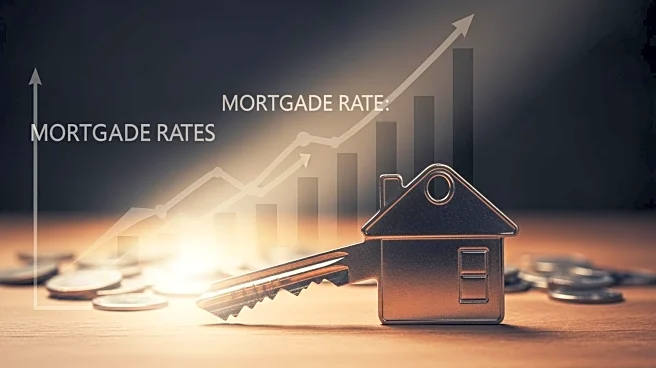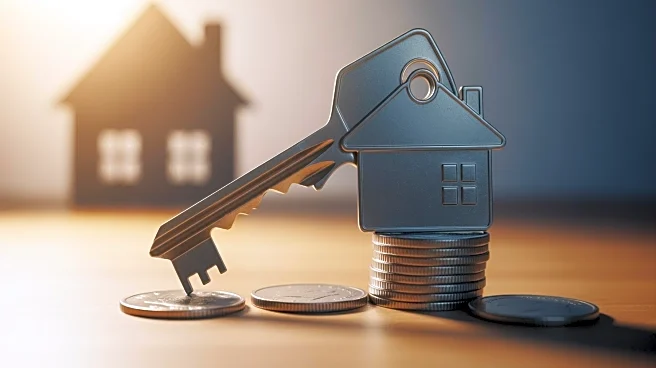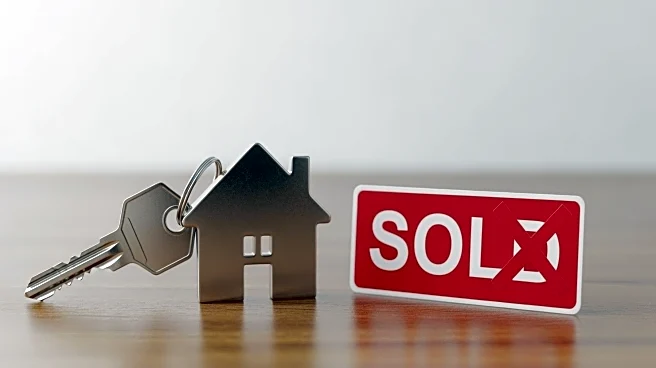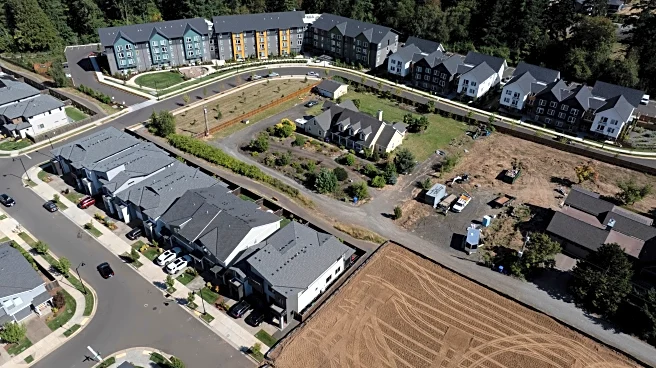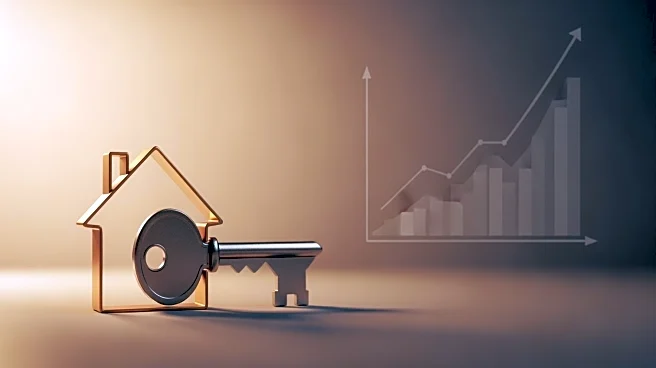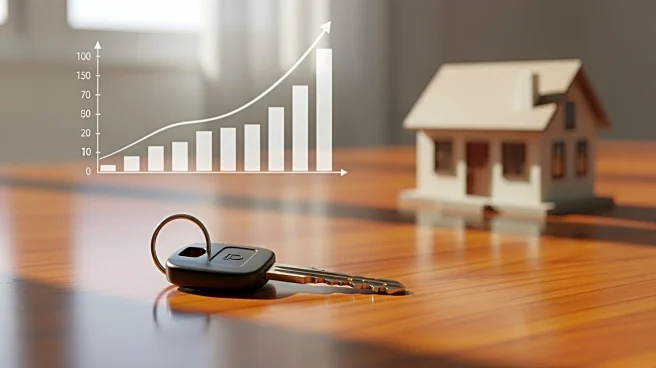What's Happening?
For the first time in nearly a decade, the number of US homeowners has decreased, according to Redfin. As of April 1, 2025, 86.19 million Americans owned homes, down 0.1% from the previous year. This decline
is attributed to high inflation, increased interest rates, and skyrocketing real estate prices, which have priced many out of the housing market. The percentage of Americans renting their homes has increased, with rentals becoming relatively more affordable compared to buying. Young Americans delaying marriage and family formation may also contribute to decreased homeownership rates.
Why It's Important?
The decline in homeownership rates signals potential challenges for the housing market and broader economic stability. High mortgage rates and real estate prices may deter potential buyers, impacting market activity and economic growth. The shift towards renting reflects changing consumer preferences and financial constraints, potentially influencing housing policies and market strategies. Stakeholders in the housing industry may need to address affordability issues to support homeownership and economic resilience.
What's Next?
As homeownership rates decline, policymakers and industry leaders may need to explore solutions to enhance housing affordability and accessibility. This could involve interest rate adjustments, housing subsidies, or innovative financing options to support potential buyers. The trend may also prompt a reevaluation of housing policies to accommodate changing consumer preferences and economic conditions.
Beyond the Headlines
The shift in homeownership rates highlights cultural and demographic changes, with younger generations prioritizing financial stability over traditional milestones. This may influence long-term housing market dynamics and societal norms, prompting stakeholders to adapt to evolving consumer needs.


